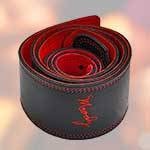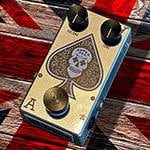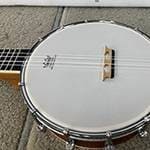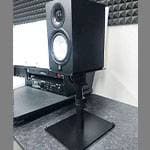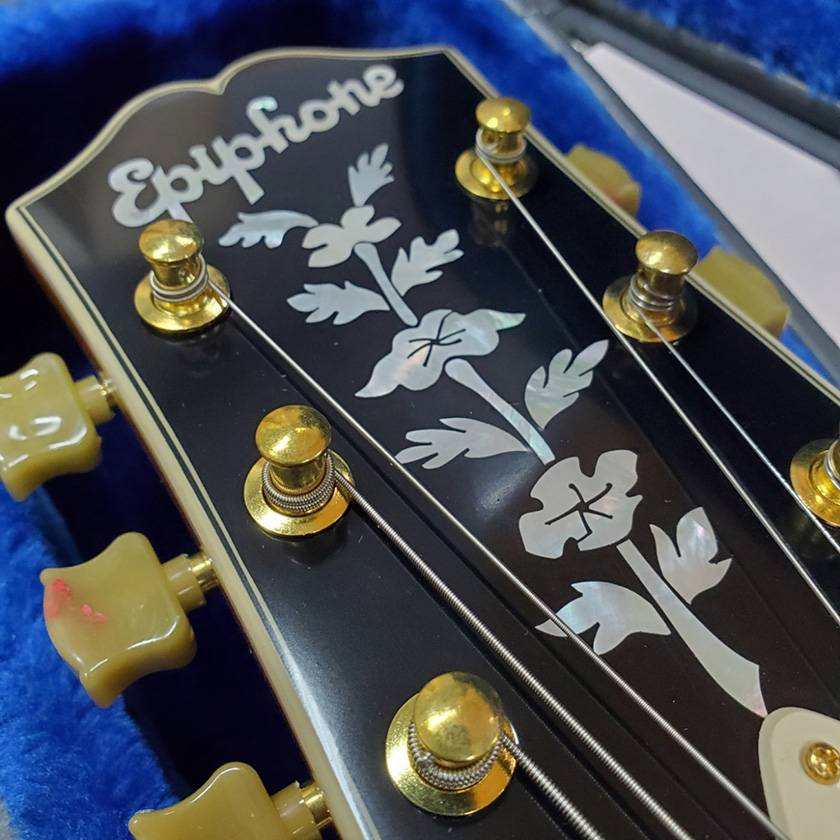
There are various guitar makers in the world, but today I’d like to talk about the Epiphone.
Perhaps you’re thinking, “Epiphone is the maker of Gibson’s entry-level guitars, right? Kind of understated?” Well, that’s not quite the case.
Epiphone is celebrating its 150th anniversary this year. Its history extends longer than Gibson and Fender.
So, let’s delve into the illustrious history of this great guitar brand, Epiphone, in three parts: a two-part historical series and a segment introducing its products!
Now, for Part 1. I’m going to talk about Epiphone from its founding until its management transition to Gibson (CMI).
It’s such a moving and dramatic story that it could almost be made into a movie.
It might be a bit lengthy, but please stay with me.
In the year 1873, Anastasios Stathopoulos, a Greek man, ran a string instrument repair shop in Smyrna, a city in western Turkey. This shop is where it all started.
Anastasios married and in 1893, his son Epaminondas was born. Following him were Alex, Minnie, Orpheus, and Frixo, forming the cheerful Stathopoulos family.
At that time, Turkey was under the rule of the Ottoman Empire, which imposed high taxes on Greek immigrants. As a result, the Stathopoulos family’s life was not particularly affluent.
In 1903, when Anastasios turned 40, the family immigrated to America.
They arrived in the Lower East Side of New York City, where many Greek and Italian immigrants lived.
In America, Anastasios opened a string instrument repair shop. He obtained a patent for an Italian-style bowl-back mandolin and manufactured mandolins.
Interestingly, around the same time in 1894, another man began mandolin production in Kalamazoo, Michigan. That person was Orville H. Gibson.
Yes, he is the man who later became the founder of Gibson, Epiphone’s future rival.
Indeed, both Epiphone and Gibson started with mandolins, indicating a fateful connection between the two companies.
Let’s return to the story of the Stathopoulos family.
Epaminondas and Orpheus grew up helping their father in the repair shop. The Stathopoulos family enjoyed fulfilling days together until tragedy struck when their father passed away when Epaminondas was 22 years old. Following this, Epaminondas took over his father’s business. Then, in 1923, his beloved mother also passed away. With both parents gone, Epaminondas took over the necessary shares for company management and steered the course of the Stathopoulos family.
As the new manager of the company, Epaminondas gradually phased out mandolin production and introduced banjos. The banjos, called the Recording Series, sold like hotcakes.
He also acquired shares in a Long Island instrument factory, taking over its management and the latest equipment, thereby incorporating the company. The company was named Epiphone at this time.
By the way, the name ‘Epiphone’ combines the Greek word for sound ‘phone’ with Epaminondas’ nickname, ‘Epi’. *Now let me call him Epi
Additionally, it plays on the Greek word for resonance or reverberation, ‘epiphonous’, symbolizing the son carrying on his father’s dream.
Epi became the president and GM, continuing to specialize in banjo production. His brother Orpheus became vice president, and the Stathopoulos brothers’ company moved to West 47th Street in New York City. This location, near Times Square, is prime Manhattan real estate.
In 1928, in response to their biggest rival at the time, Gibson, Epiphone introduced its first series of acoustic guitars.
Subsequently, they opened a showroom in a seven-story building on West 14th Street. Epiphone’s research and development department was housed in this building, with the ground floor serving as both headquarters and a gathering place for musicians.
Epiphone had been producing a variety of guitars to compete with Gibson, but then it was time for a new era to begin.
It’s the emergence of Rickenbacker’s electric steel guitar, which became hugely popular.
Interestingly, Leo Fender’s foray into electric guitars also began with steel guitars. Thus, the progenitor of electric guitars might not be the acoustic guitar but the steel guitar.
Returning to Epiphone, in 1935, they began manufacturing and selling the Electar Series of electric steel guitars.
This series featured adjustable pole pieces, allowing independent height adjustment for each string on the pickup. This structure is still widely used in pickups today.
Around this time, Epiphone’s technical prowess was already established, with Epi himself reportedly involved in the design—truly a genius.
Now, changing the topic slightly, did you know that guitarist Les Paul experimented with electric guitars before the Gibson Les Paul Model?
Known as ‘The Log’, this prototype was actually crafted at Epiphone’s New York factory. Les Paul himself was one of the musicians who might have frequented Epiphone’s headquarters at the time.
そLater on, Epiphone crossed paths with Nathan Daniel, a friend of Les Paul’s and an electronics expert. He is the man who would go on to found Danelectro, known for its lipstick pickups.
This encounter led Epiphone to start manufacturing and selling amplifiers, hiring Nathan Daniel in the process.
Nathan Daniel was also involved in designing Epiphone’s proprietary pickup, known as the New York pickup.
Moving forward to the years 1939 to 1945—World War II.
During the war, material shortages led many guitar manufacturing companies worldwide to bankruptcy. Gibson, Epiphone’s rival, was acquired by CMI (Chicago Musical Instruments) in 1944.
Meanwhile, Epiphone initially maintained good sales until the Attack on Pearl Harbor in 1941. However, around 1945, by the end of the war, Epiphone lost most of their assets and Epi passed away due to leukemia during the war.
Following his death, shares and operating rights of Epiphone were inherited by his brothers, Orpheus and Frixo.
Now, under the new management of Epiphone, how did things turn out? Unfortunately, it was the worst scenario.
With Epi’s passing, rifts emerged throughout the company, leading to disagreements even among the brothers. In 1948, the youngest son, Frixo, ended up selling his shares to the second son, Orpheus.
These are typical stories often seen in family-run businesses.
Meanwhile, at Gibson, a pivotal event occurred that would significantly alter its future destiny.
Ted McCarty joined the company.
He joined Gibson in 1948, became Vice President in 1949, and then President in 1950. During his 18 years as president, McCarty expanded Gibson from 150 employees to over 1,200, laying the foundation for the Gibson we know today.
Interestingly, Ted McCarty couldn’t play guitar—he had never even tried.
Similarly, Leo Fender, another giant in the guitar industry, couldn’t play guitar either. It’s curious that these two iconic guitar brands were created by men who couldn’t play the instrument.
Nevertheless, both McCarty and Fender spent considerable time listening to musicians and engaging in discussions.
This is how the groundwork for today’s electric guitar designs was built and it’s important to listen to various opinions.
Fast forward to 1953, Epiphone’s factory relocated from Manhattan, New York, to Philadelphia, Pennsylvania.
Around this time, the Telecaster was introduced, and Fender began to gain prominence.
Meanwhile, Gibson signed its first endorsement contract for solid-body electric guitars with Les Paul.
During this period, Epiphone’s management faced a downturn.
However, a savior emerged in the form of guitarist Les Paul. Surprisingly, he suggested Ted McCarty extend a helping hand to Epiphone.
McCarty suggested to Orpheus that Epiphone transfer its rights, including finished inventory at the factory, for $20,000.
I thought the same when Fender was sold, but I have no idea whether this price was high or low because I’ve never run a company myself lol.
In 1957, Orpheus accepted the proposal, and Gibson (CMI) took over the management rights of Epiphone. This marked Epiphone’s survival as a guitar brand.
However, it meant the end of the Stathopoulos family’s involvement in the company’s management.
In this first part of the history of Epiphone, I’ve covered the period from its founding to the transfer of its management to Gibson (CMI). How was it?
For the Stathopoulos family, it wasn’t all smooth sailing, but Epiphone managed to survive through challenging times.
The Epiphone brand, connected not only to the Stathopoulos family but also to many legends in guitar history, continues to be loved by many people today.
I hope this post has sparked your interest in Epiphone.
Next time, in Part 2, I’ll cover Epiphone’s management under Gibson (CMI) up to the present day.
Please note that the content of this post is based on articles from Epiphone’s official website.
History of Epiphone
Epiphone 140 Years (in Japanese only)
You can delve deeper into Epiphone’s history on the official website. Be sure to check it out.
See you soon on the Sound House Staff Blog.
Goodbye.







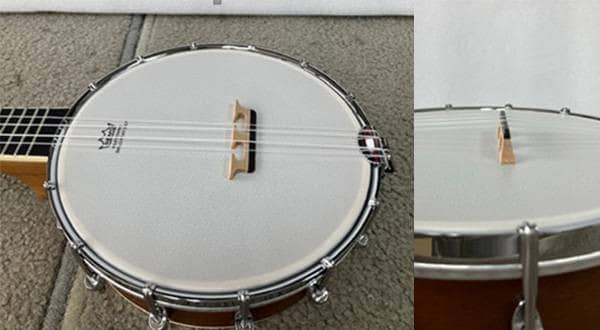

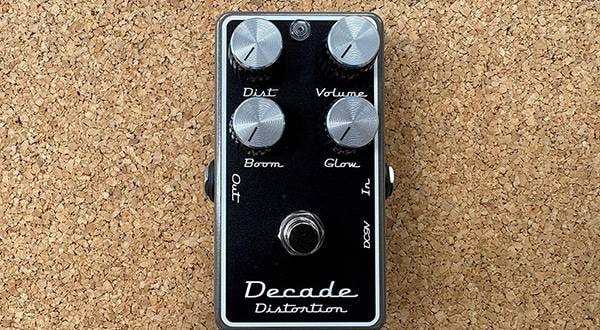
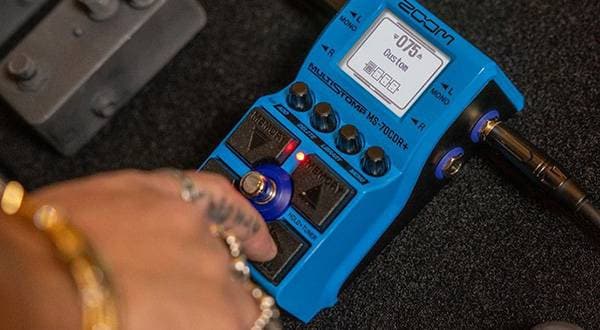
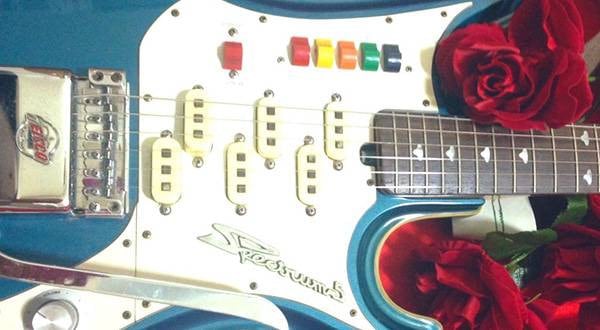
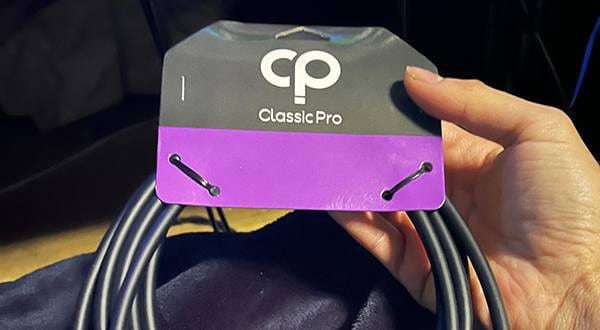
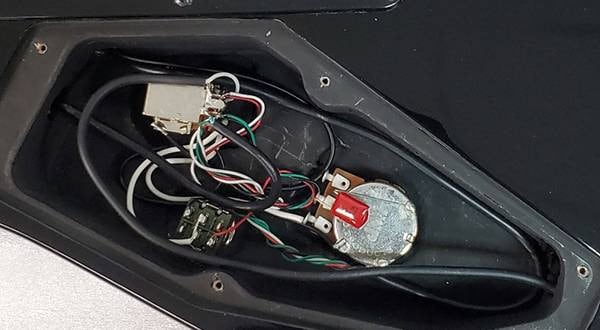

![[2025 Edition] 8 Recommended Straps That Pair Perfectly with Gibson Guitars](/contents/uploads/thumbs/2/2022/5/20220525_2_18113_1.jpg)
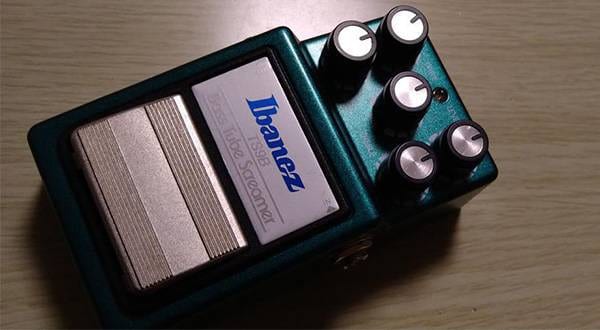
 ギターの種類
ギターの種類
 ギターのお手入れ
ギターのお手入れ
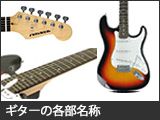 ギターの各部名称
ギターの各部名称
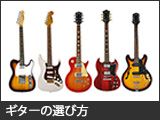 ギターの選び方
ギターの選び方
 ギター演奏に必要なものは?
ギター演奏に必要なものは?
 ギタースタートガイド
ギタースタートガイド

